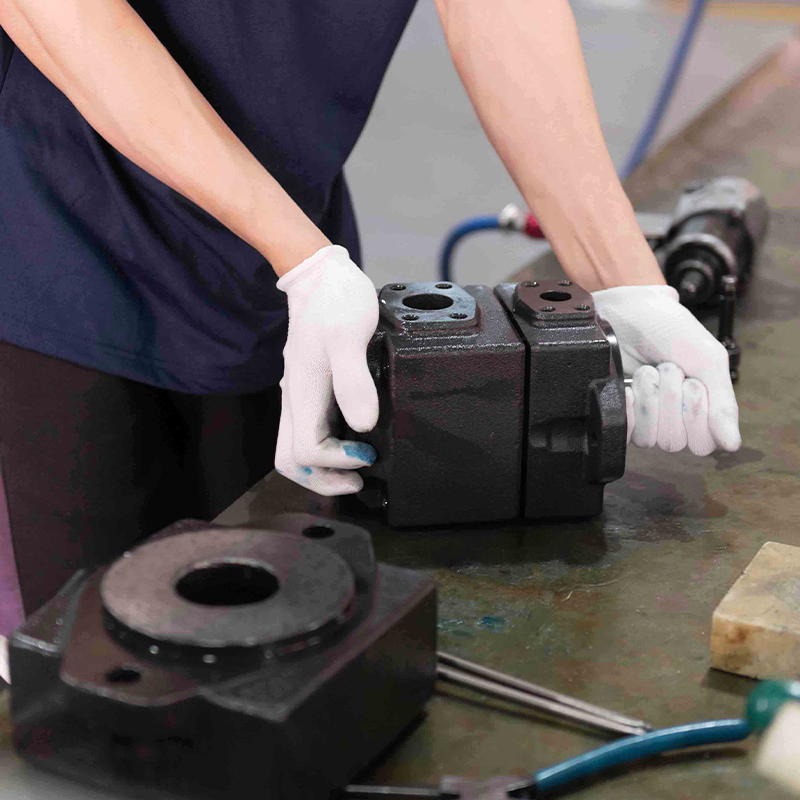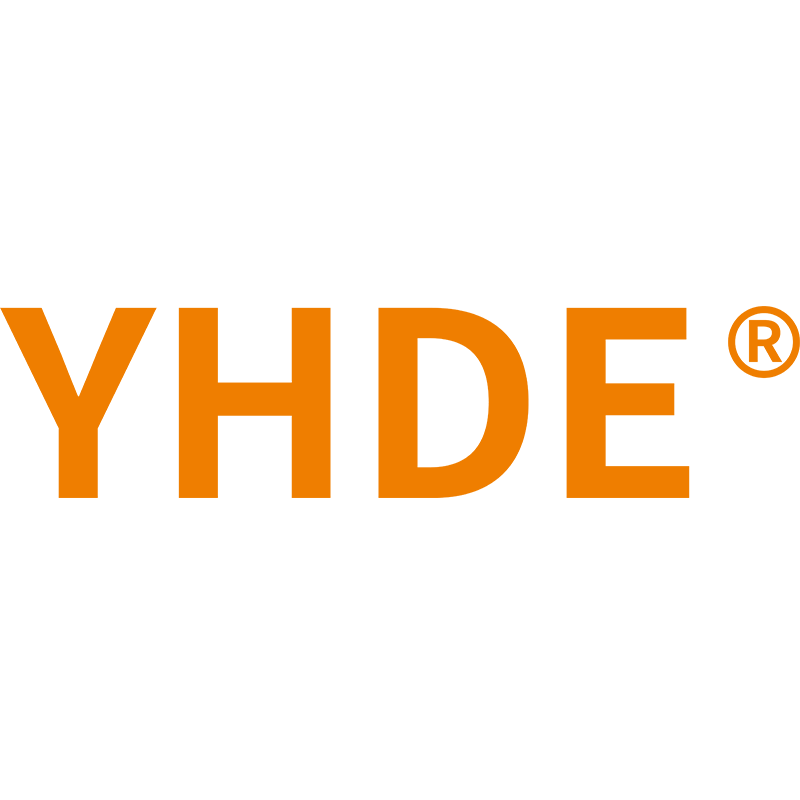Do you know the precautions of vane pump?
1. When the pump steering changes, the suction and discharge directions will also change. All vane pumps have a prescribed steering direction, and it is not allowed to reverse. Because the rotor blade grooves are inclined and the blades are chamfered, the bottom of the blades communicate with the oil discharge cavity, and the throttle grooves, suction and discharge ports on the oil distribution plate are designed according to the established steering direction. Reversible vane pump must be specially designed.
2. The oil distribution plate of vane pump assembly is correctly positioned with the positioning pin of the cam ring. The vanes, rotor and oil distribution plate are not allowed to be installed upside down, and the suction area of the inner surface of the stator is the easiest to wear. If necessary, it can be turned over and installed, so that the original suction area can be changed into the discharge area for continuous use.

3. Pay attention to the cleanliness of the working surface during disassembly and assembly, and the oil should be well filtered during work.
4. If the clearance of the blade in the blade groove is too large, the leakage will increase; if it is too small, the blade will not freely expand and contract, which will lead to abnormal operation.
5. Axial clearance of vane pump has great influence on ηV.
(1) Small pump--0.015~0.03mm
(2) Medium-sized pump--0.02~0.045mm
6. Generally, the temperature and viscosity of oil should not exceed 55℃, and the viscosity should be between 17 and 37 mm2/s. If the viscosity is too high, it will be difficult to absorb oil; If the viscosity is too small, the leakage will be serious.

